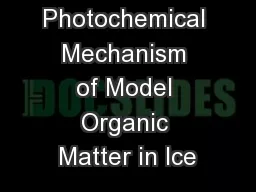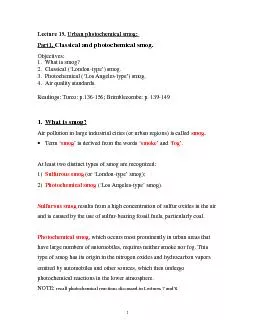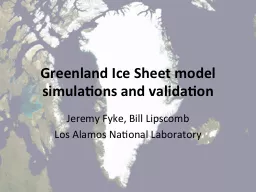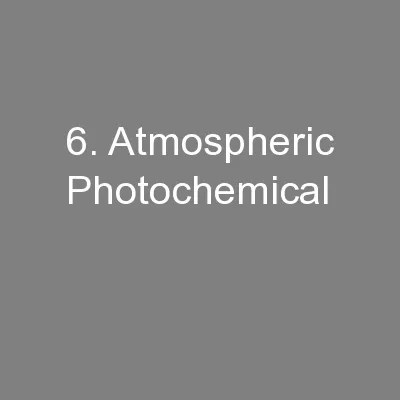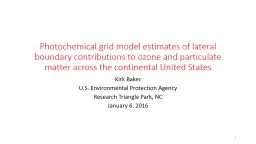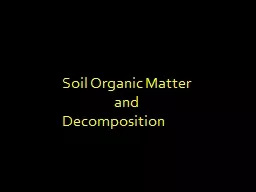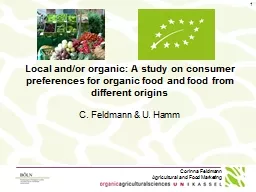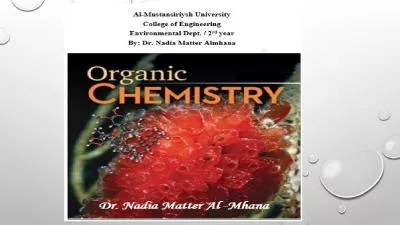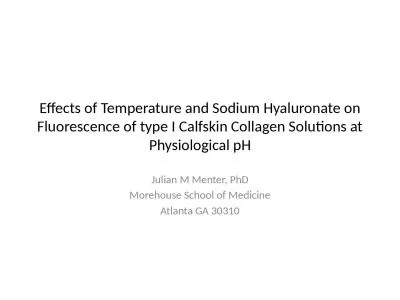PPT-A Photochemical Mechanism of Model Organic Matter in Ice
Author : pamella-moone | Published Date : 2017-12-30
Marcelo I Guzman 1 and Michael Hoffmann 2 1 Department of Chemistry University of Kentucky Lexington Kentucky USA 2 Environmental Science amp Engineering Caltech
Presentation Embed Code
Download Presentation
Download Presentation The PPT/PDF document "A Photochemical Mechanism of Model Organ..." is the property of its rightful owner. Permission is granted to download and print the materials on this website for personal, non-commercial use only, and to display it on your personal computer provided you do not modify the materials and that you retain all copyright notices contained in the materials. By downloading content from our website, you accept the terms of this agreement.
A Photochemical Mechanism of Model Organic Matter in Ice: Transcript
Download Rules Of Document
"A Photochemical Mechanism of Model Organic Matter in Ice"The content belongs to its owner. You may download and print it for personal use, without modification, and keep all copyright notices. By downloading, you agree to these terms.
Related Documents

